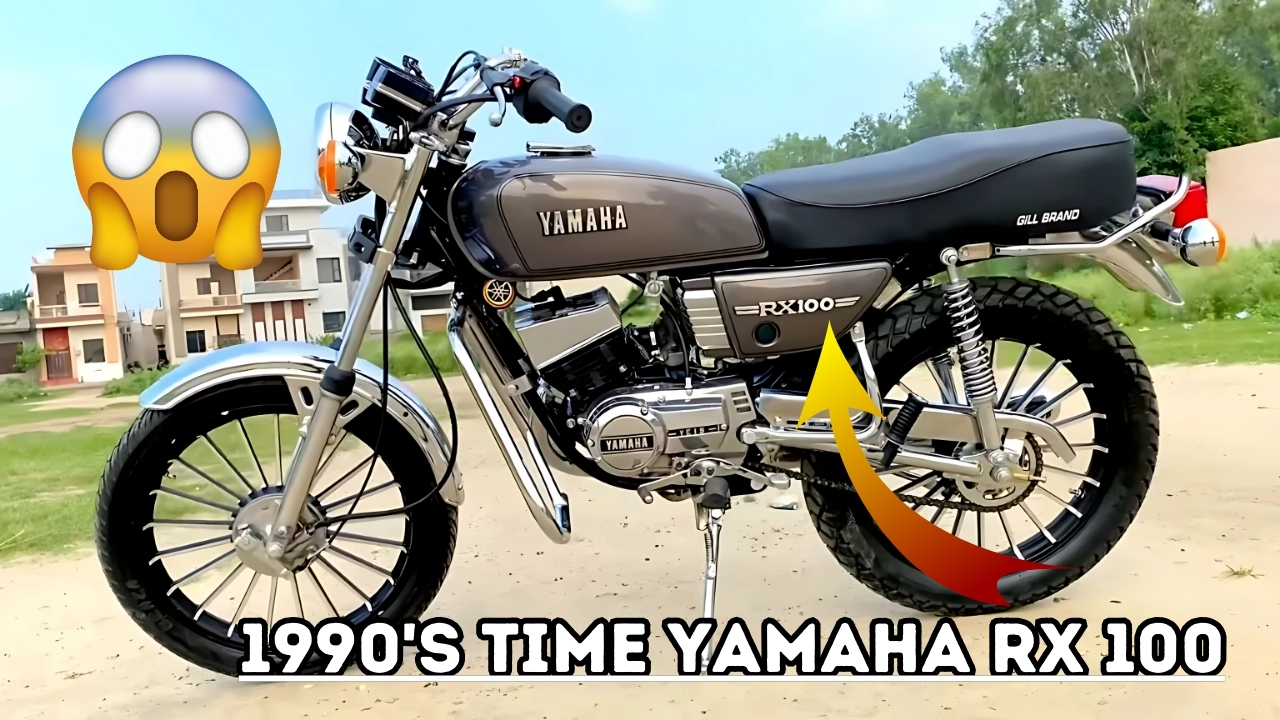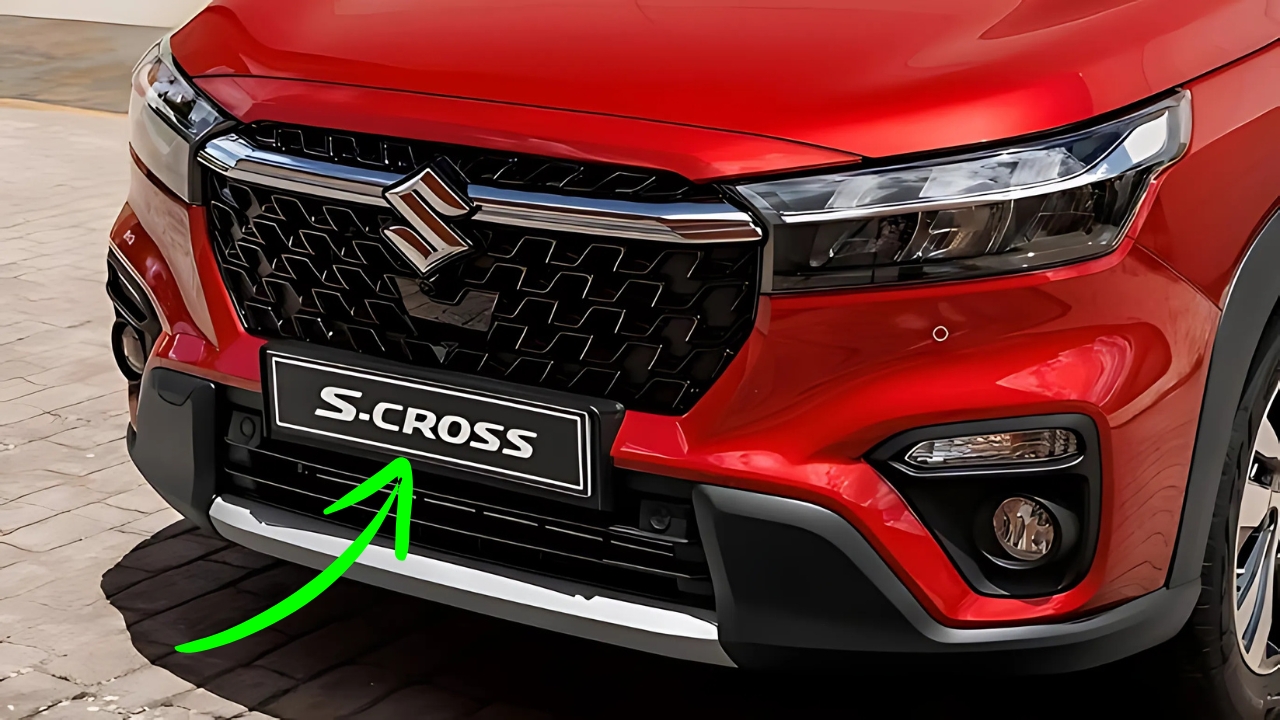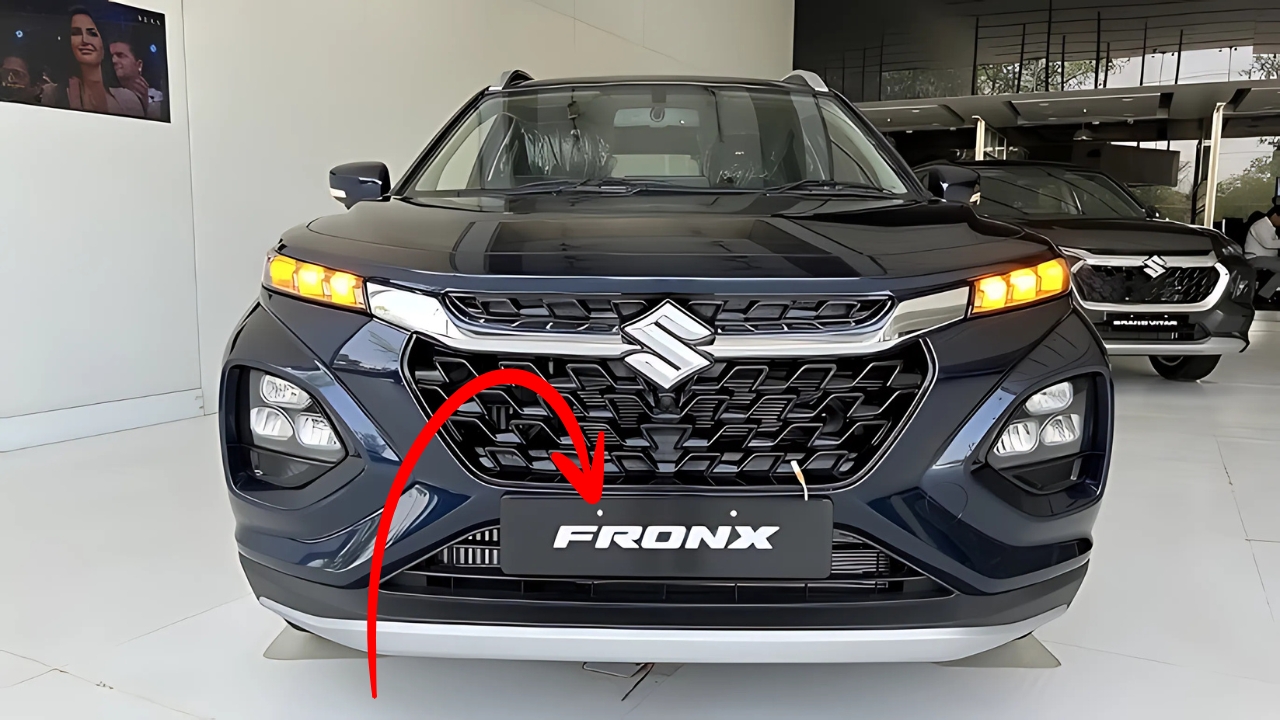Yamaha RX 100 : Recently, Yamaha’s announcement regarding the return of the legendary RX 100 motorcycle in early 2025 has sent excitement rippling through the Indian motorcycle community.
This beloved two-stroke model, which charmed a generation in the 1990s, is set to make a striking comeback. The new iteration promises to blend the classic appeal with modern engineering advancements.
First launched in India in 1985, the Yamaha RX 100 quickly became more than just a means of transportation; it evolved into a cultural icon.
Its lightweight build, impressive acceleration, and that iconic two-stroke sound—which was once a staple on Indian roads—helped cultivate a devoted fan base that endures even years after production ended.
“I vividly recall the moment my father brought home our RX 100,” shares Rajesh Menon, a 43-year-old software engineer from Bangalore. “Our neighbors gathered around, fascinated. That bike symbolized progress for many middle-class families. My son knows all about it from my stories.”
This profound connection across generations seems pivotal to Yamaha’s resurgent strategy.
Company executives have indicated that the relentless calls from fans—be they original RX 100 owners or their offspring—forced the decision to bring the bike back.
Yamaha RX 100 Engineering Challenges Overcome
One significant hurdle for Yamaha’s engineers was modifying the RX 100’s famously smoky two-stroke engine to align with India’s rigorous BS6 emission regulations.
Reports from industry insiders indicate that the engineers at Yamaha’s R&D facility in Surajpur successfully tackled this challenge through a blend of direct injection technology, electronic engine management, and catalytic converters.
“The engineering challenge was immense,” explains Dr. Arjun Nair from IIT Delhi. “Two-stroke engines typically produce higher emissions due to their basic operation. Yamaha has adopted a hybrid method that keeps the engine’s signature feel while significantly curbing its environmental footprint.”
Previewing the re-engineered model, motorcycle journalists report that the new power unit retains the original’s distinct torque delivery and responsive throttle, all while minimizing emissions by around 85% from the former version.
The engine size has reportedly been boosted slightly to 110cc, with power output still hovering near the original’s 11 horsepower.
Yamaha RX 100 Faithful Aesthetics with Modern Touches
Images shared by Yamaha show a design that closely mirrors the original. The characteristic teardrop-shaped fuel tank, flat seat profile, and simple instrumentation have largely been preserved.
Nevertheless, subtle enhancements like LED lighting, disc brakes, and improved ergonomics cater to today’s taller riders.
“We approached this project with great respect for the original,” remarks Eishin Chihana, the Chairman of Yamaha Motor India. “Our design principles focused on preservation rather than overhaul. Modifications were made with pinpoint accuracy where necessary.”
Materials have also been upgraded significantly, replacing mild steel in the frame with high-tensile steel and utilizing modern alloys to reduce unsprung weight in wheels and swingarms.
These enhancements are said to improve handling while keeping the motorcycle’s well-loved nimbleness intact.
Yamaha RX 100 Market Positioning and Availability
Analysts predict that the revived RX 100 will find its place in the premium sector of Yamaha’s offerings.
In contrast to the mass-market motorcycles priced between ₹70,000-90,000, the new RX 100 is expected to retail at approximately ₹1.5 lakh (around $1,800). This price reflects both its limited production and the advanced engineering that went into updating its engine.
Yamaha plans to kick off production with an initial batch of 7,500 units, with deliveries set to commence in February 2025.
The company has announced a unique distribution system favoring verified original RX 100 owners, ensuring that early enthusiasts can secure the reborn version.
“This motorcycle transcends mere transportation,” notes motorcycle historian Sidharth Krishnan. “It represents a pivotal chapter in India’s economic and cultural evolution—the period when Japanese motorbikes became accessible to the growing middle class. The relaunch embraces this legacy, aiming to share it with a new audience.”
Pre-launch events are scheduled across key cities in India starting November 2024, providing potential buyers the chance to experience the motorcycle firsthand and make reservations through authorized dealerships.






